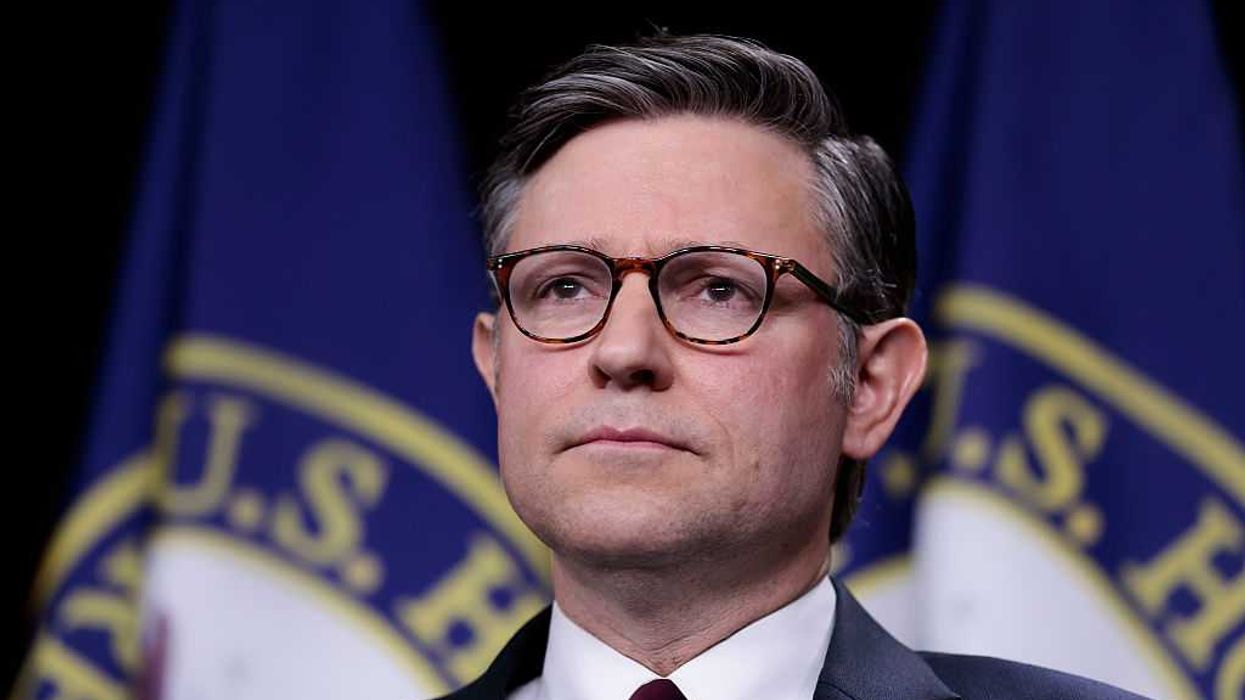Was the 2020 election stolen from Donald Trump? Is Joe Biden the legitimate president? Do you support Trump? Does he support you? If you've been watching C-SPAN's coverage of the 2022 midterm elections -- after all, October is famously known as debate month at C-SPAN -- you've probably heard moderators and reporters ask these questions. Over and over. In C-SPAN's podcast "The Weekly," it's a special round-up of C-SPAN's debate coverage.
Podcast: Campaign 2022 debate questions: Trump, Trump, Trump, Biden, Trump
The Weekly Podcast: Campaign 2022 Debate Questions: Trump, Trump, Trump, Biden, Trump




















